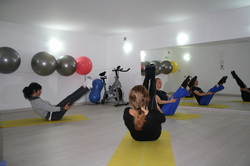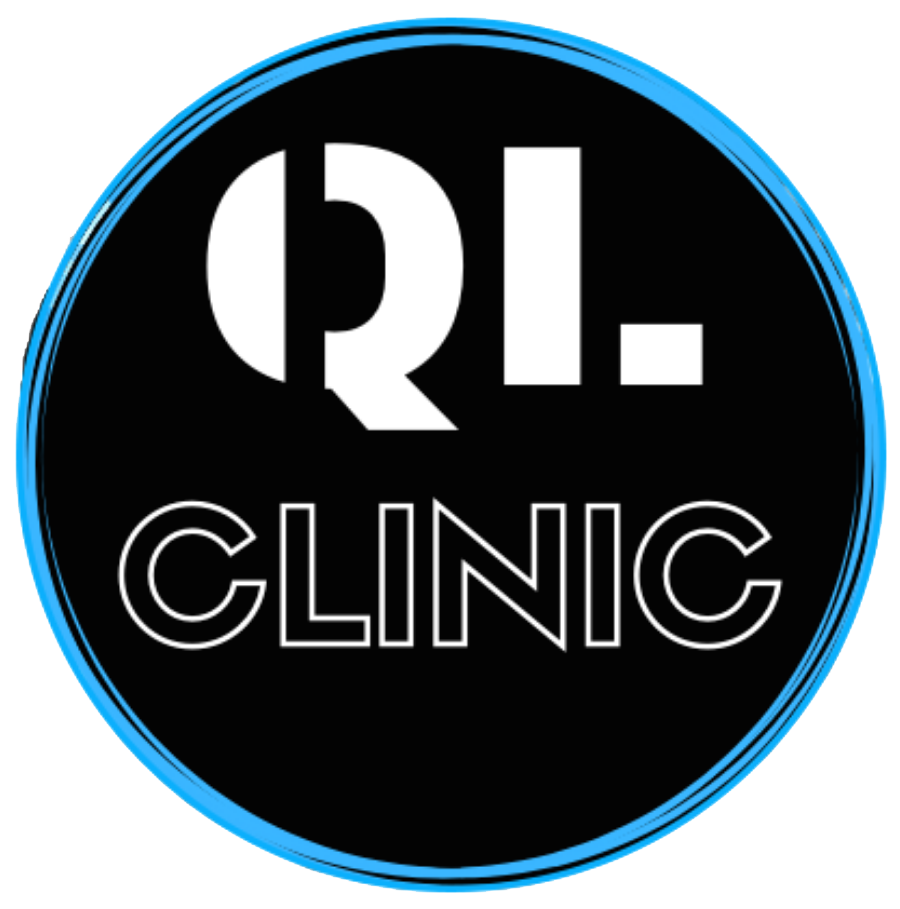 This time we are going to talk about the Pilates Method, whose practice extends throughout the world and which has been generating so much interest in our society in recent decades..
This time we are going to talk about the Pilates Method, whose practice extends throughout the world and which has been generating so much interest in our society in recent decades..
In our center we are very clear that above all we are physiotherapists and our goal is to restore, maintain or improve movement and function for all of our patients, and that is why those who are interested in attending our Therapeutic Pilates classes are required to be previously evaluated by our professionals..
Likewise, we explain very well what the possibilities of the Method are and we agree on the objectives with our patients when we agree to attend the sessions.. The first thing we do with them once we reach this point is to provide information on the Method, the characteristics that differentiate it from others.
In this issue we present part of that content to you.. If they seem interesting, Do not hesitate to contact us so we can offer you more detailed information about it.. Happy reading!
Joseph Pilates wrote several books reflecting his original philosophy and principles.. They include a series of reflections that cover three major aspects to understand the method.:
The healthy body as a whole: exercise, proper diet, appropriate activity-rest and hygiene habits, sun and fresh air, and a balance in life between work, leisure and rest
The comprehensive commitment to the body: “We must strive to have strong, healthy bodies and develop our minds to the limits of our abilities.”
breathing. We talked about it later..
Pilates called its exercise system “Contrology.”, In them we find a series of elements that constitute the Principles of the Pilates movement.. The majority of schools agree on these six:
Energy center or “Power house”, comprising the internal oblique muscles, transverse abdominis, psoas, quadratus lumborum and multifidus.
Concentration: every movement is carefully controlled and the mind remains alert, allowing mind and body to work together.
Control: we must maintain control of the mind over the movements we make, look for a connection that reconciles the feelings of both.
Precision, joint: quality of movement takes precedence over quantity. We move to where we control the position without compensation occurring.
Breathing: Each exercise and each movement has its own proper breathing. In Pilates you breathe by taking a deep breath through your nose and exhaling through your mouth., completely, as if you had taken a menthol candy or as if you wanted to spray steam on a glass.
Fluidity. Dissociation. The movements are soft but dynamic, continuous and fluid rhythms of breathing. For this to occur, their organization must respond to central stabilization that allows the extremities to flow., which is what we call dissociation.
In various schools, other qualities of Pilates exercises are also identified as principles., among which stand out, efficiency, balance, harmony, imagination and intuition and creating a routine.
Therapeutic Pilates
In our center the sessions are based on the Method but are carried out in small groups, The objective being that these benefits reach each of our patients in the most personalized way possible..
Your goals can range from recovering from an injury, For which we recommend starting with Physiotherapy sessions that will evolve, if necessary, to individualized Pilates sessions and later arriving at our group classes..
You can also aim to maintain a healthy and stable body after recovering from a process or injury that has reduced some capacity for movement., using for this the method. Or, in the case of a healthy organism and without previous injuries or traumas, generate an improvement in the quality of life with the practice of our classes.
It is also possible to go if you are pregnant. (from the second trimester) or at the beginning of the search for motherhood or after childbirth for which we will adapt the sessions as will happen with all our patients since we will always try to offer the highest quality to each one.
The benefits provided by the Method are perfectly perceptible when done correctly and regularly., as: strengthening, flexibility, coordination, efficient and fluid movements, correct posture, mental and spiritual rejuvenation, self-awareness and self-confidence, restoration of natural movement, body integration, mind and spirit, feeling of well-being and improved quality of life.
Christina Moreno
Psychologist. Col. Nº ANO7402
(Consultation at Pablo Salazar Physiotherapy)
@morenorodrigu13


QL Clinic Physiotherapy is a center where quality, professionalism, Individual treatment and multidisciplinarity are our hallmarks.
QL CLINIC © Web design and development EME Digital